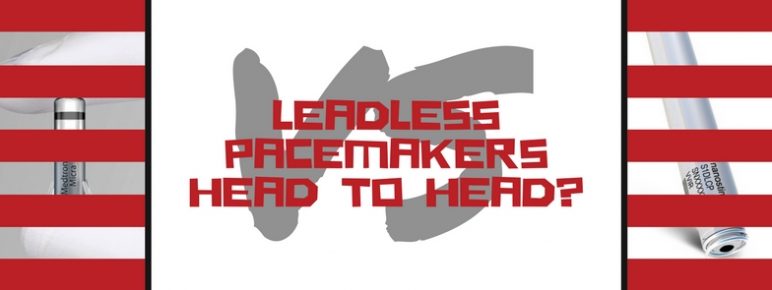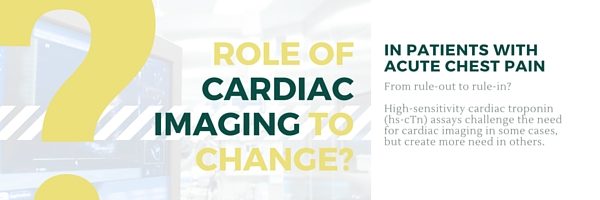On the back of encouraging Phase III trial results, Medtronic's "Micra" leadless pacemaker was approved by the U.S. Food and Drug Administration in April, beating St. Jude Medical's "Nanostim" to approval—but does it have more limitations?
For leadless pacemakers, size matters.
Despite being small for pacemakers, both devices are rather large for transfemoral catheterization—the access site for both devices.
Sheaths for St. Jude Medical's Nanostim device measure 18 French or 6mm in diameter, to which Dr. Prapa Kanagaratnam of St. Mary's Hospital, Imperial College, London expressed some concern. "An 18-F sheath is a big sheath to put in the leg," he said to heartwire.
"A lot of the patients we're putting these devices into are small, elderly people," said Dr. Kanagaratnam. "So it's still a procedure that we feel anxious about."
Continue reading Comparing New Leadless Pacemakers: Micra vs. Nanostim



